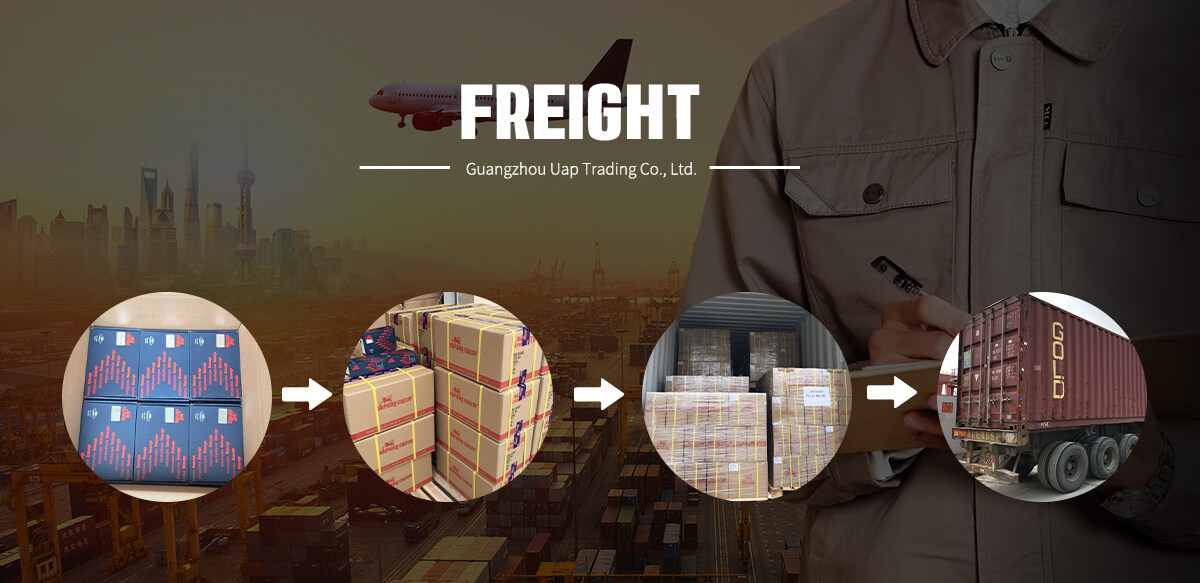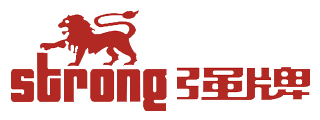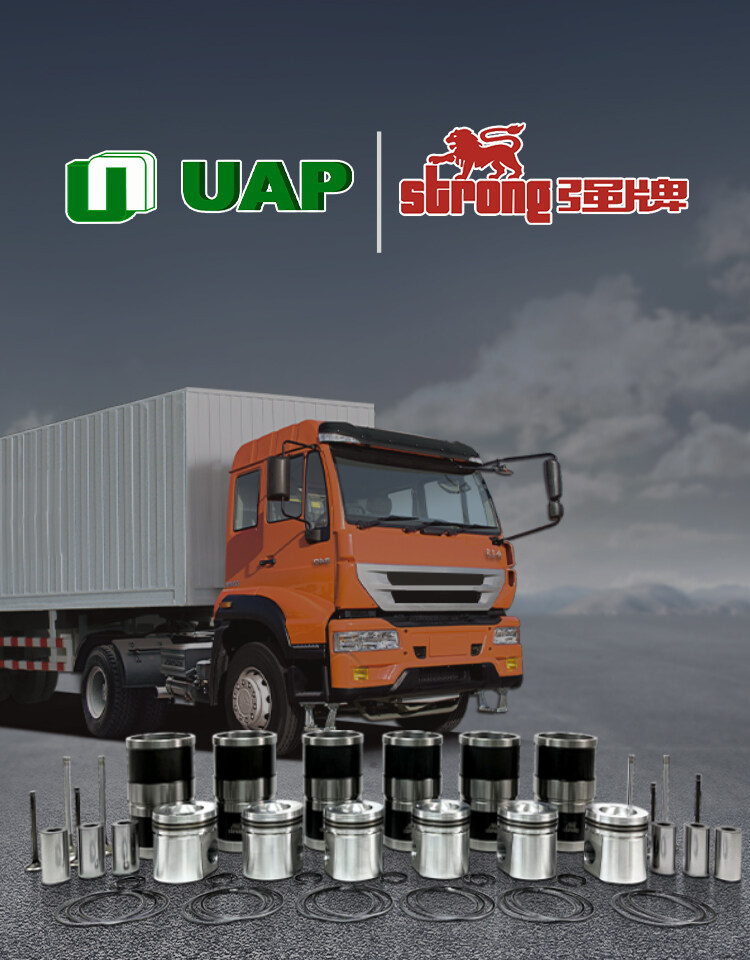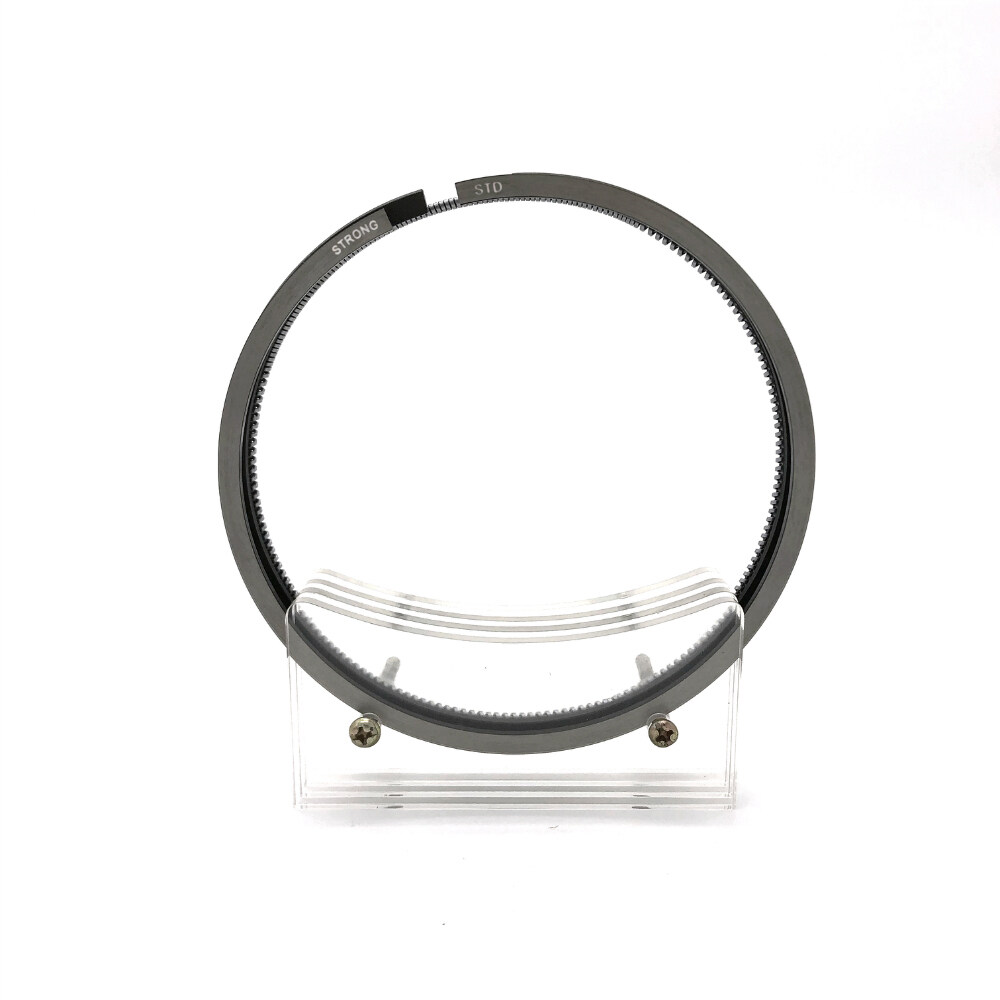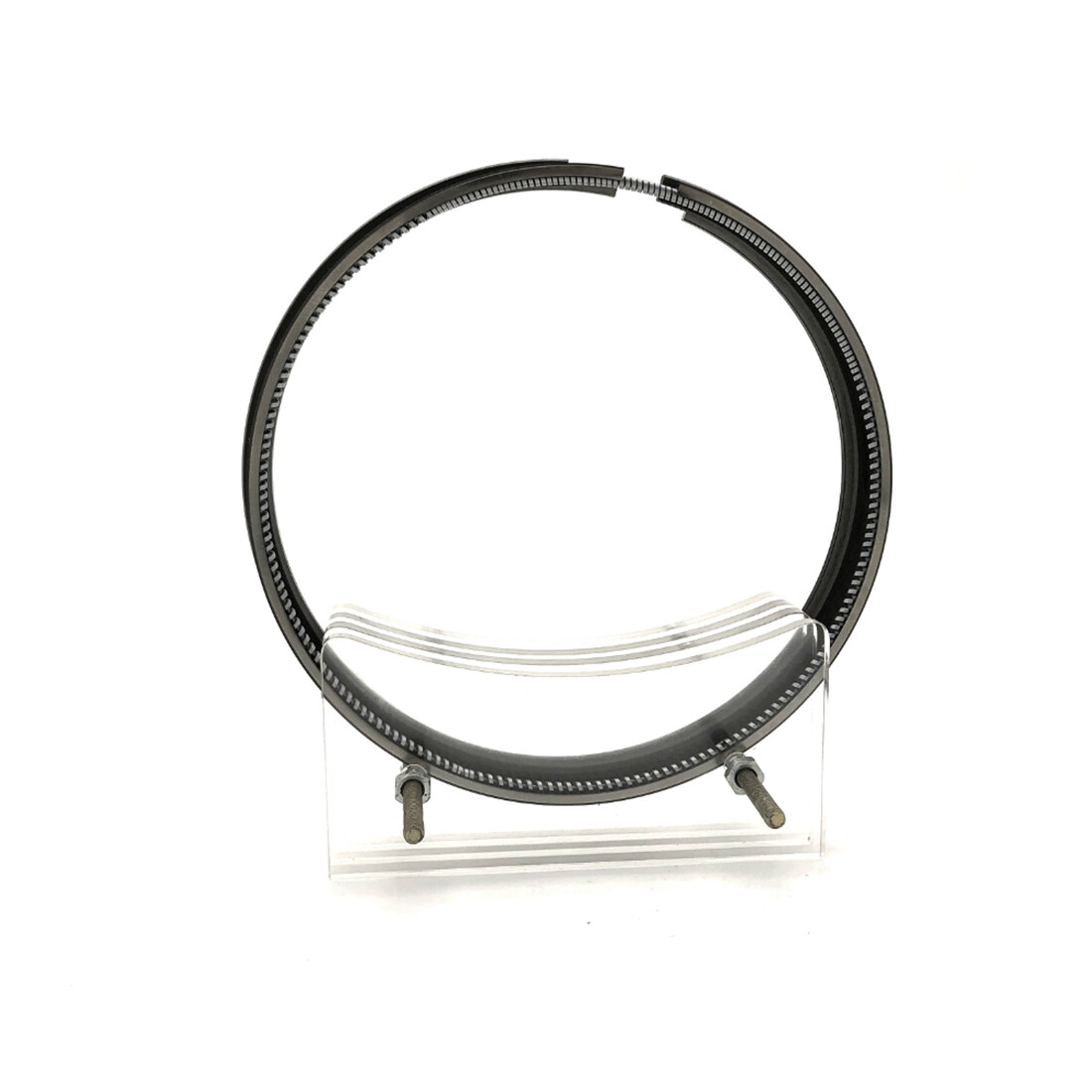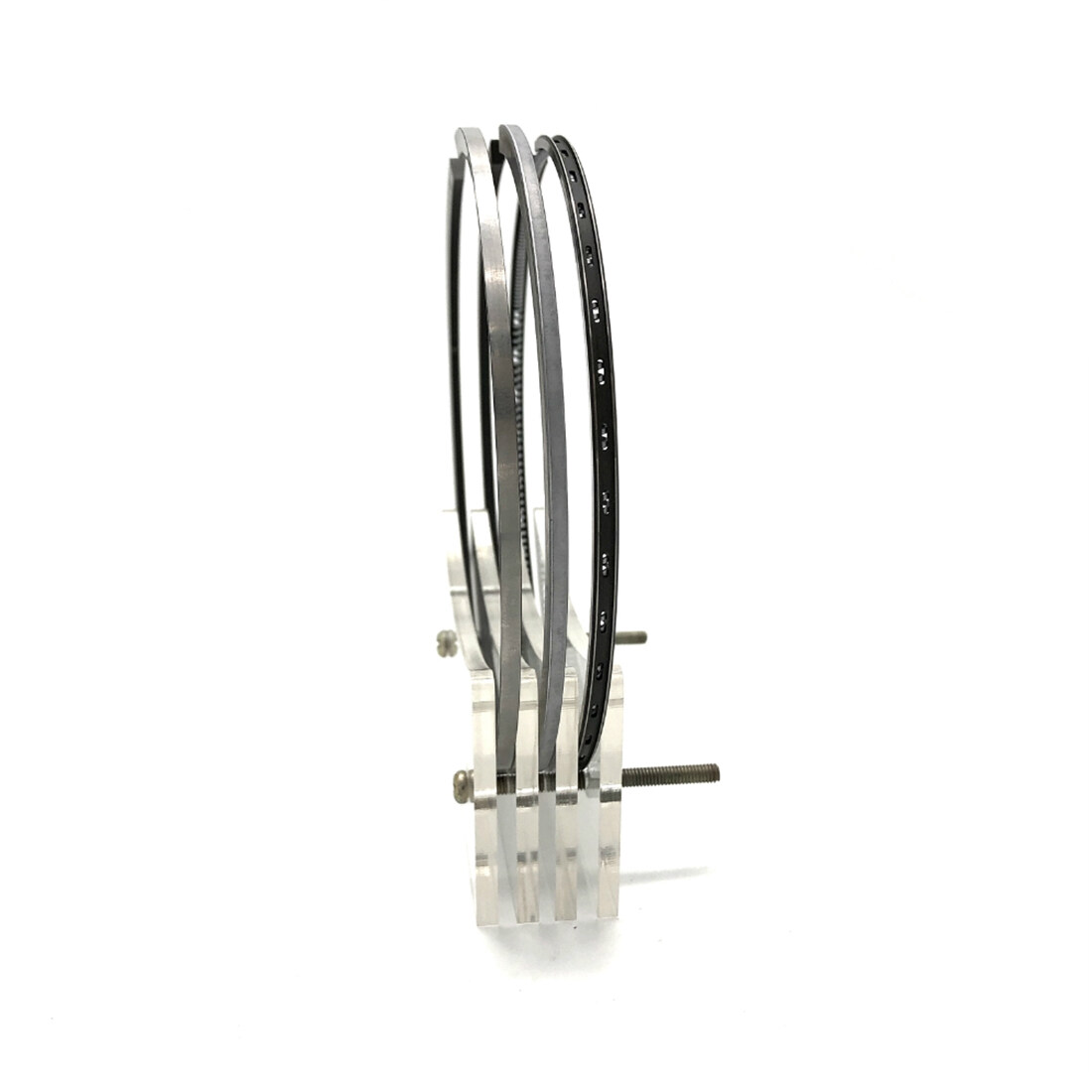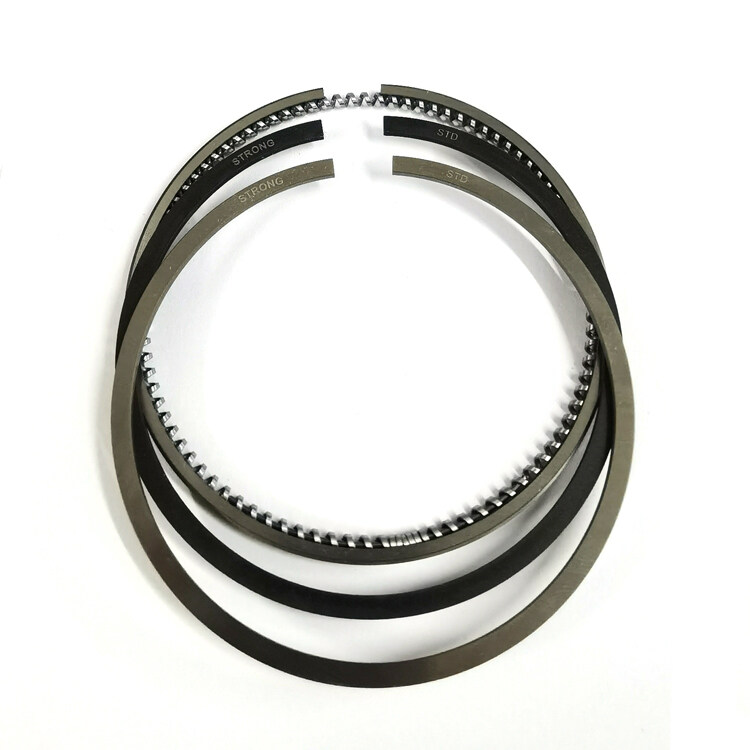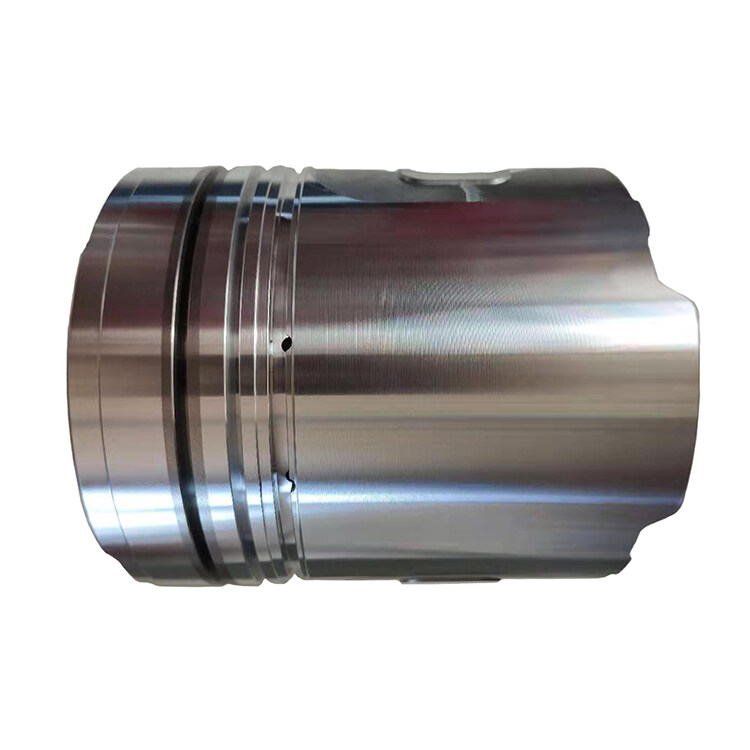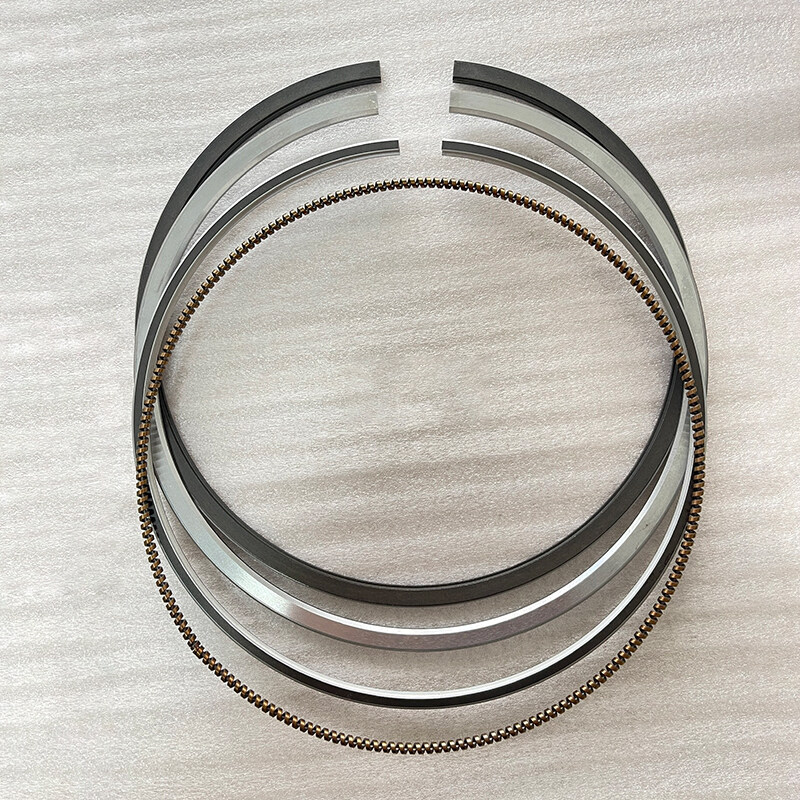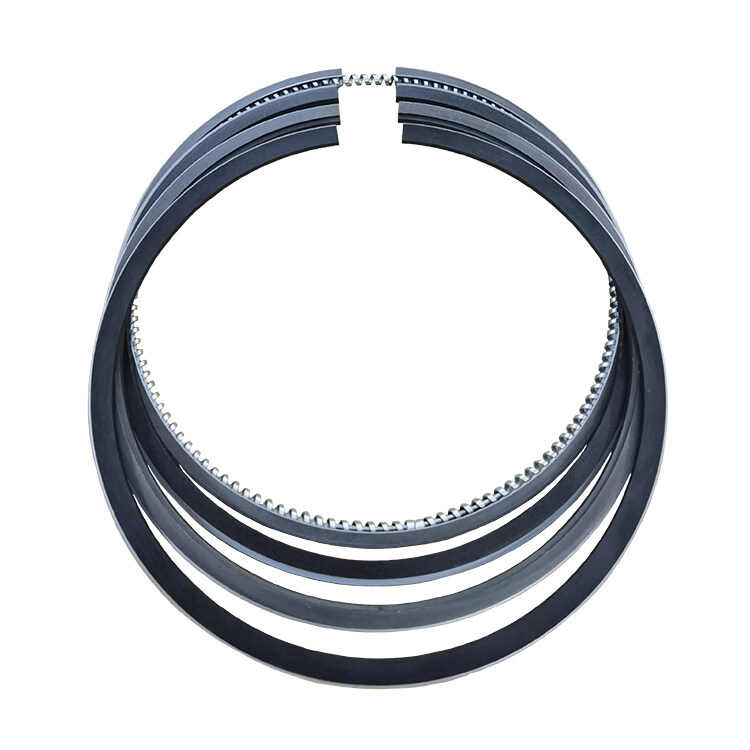Email format error
Email cannot be empty
Email already exists
6-20 characters(letters plus numbers only)
The password is inconsistent
Email format error
Email cannot be empty
Email does not exist
6-20 characters(letters plus numbers only)
The password is inconsistent

D2336 6 Cylinder Diesel Engine Piston Ring 65.02503-8238
The The D2366 engine piston ring is a critical component in the D2366 series of diesel engines, serving a vital role in the engine's operation. These piston rings are designed to ensure optimal compression, reduce oil consumption, and maintain engine performance.
The D2366 engine piston ring undergoes a heat treatment process, ensuring its stability during long-term operation and showcasing its high quality. It works in perfect harmony with other engine components to provide optimal sealing, ensuring the engine operates normally. Additionally, its unique material design reduces noise during operation, providing a comfortable user experience.
-
Cylinder Bore Surface: The cylinder liner provides a smooth and durable inner surface for the cylinder bore. This surface allows the engine's piston to move up and down within the cylinder while maintaining a proper seal. The liner's surface must be resistant to wear, corrosion, and heat.
-
Piston and Piston Rings: The cylinder liner accommodates the engine's piston and piston rings. The piston rings create a seal between the piston and the liner, preventing the escape of combustion gases and maintaining compression in the cylinder.
-
Heat Dissipation: The cylinder liner helps regulate and dissipate heat generated during combustion, preventing overheating of the engine block and maintaining the appropriate temperature within the cylinder.
-
Wear Resistance: Liners are typically made from materials that are highly wear-resistant and heat-resistant, such as cast iron or alloyed cast iron. This choice of material ensures that the liner can withstand the mechanical stresses and heat generated during engine operation.
-
Coolant Sealing: The cylinder liner properly seals off the coolant passages, preventing coolant from entering the combustion chamber.
High Match with Other Components:
The piston ring has a high degree of matching with other engine components such as the piston and cylinder liner. This high degree of matching ensures optimal sealing and stability, which in turn improves the engine’s performance and efficiency. The piston ring’s ability to work in perfect harmony with other engine components ensures that the engine operates normally and efficiently. This high degree of matching also helps to prevent air leakage and other issues that can negatively impact engine performance.
Product Parameter:
|
Product Name |
Piston Ring |
|
Application |
Engineering Machinery Engine |
|
No. of Cyl. |
6 |
|
Bore Diameter |
123.0mm |
|
Ring Size |
3.306+3.0+4.0mm |
|
OEM Number |
65.02503-8238 |
|
Engine Number |
D2366 |
|
Car Model |
DAEWOO |
|
Material |
Nitrided, Steel |
|
Certification |
ISO9001 |
|
Condition |
100% Brand-new |
|
Warranty |
12 Months |
|
Packing |
Neutral / OEM |
|
Application Industries |
Excavator, Forklift, Truck, Harvester, Roller, Generator Set |
The Installation of D2366 Piston Ring?
- Preparation: Clean the piston ring, piston, cylinder liner, and other components, and check whether their size and shape meet the requirements;
- Install the First Ring: Place the first ring piston ring into the cylinder liner, ensuring that its direction is correct, i.e., the marks on the upper and lower ends should face the top of the piston;
- Install the Second Ring: Place the second ring piston ring into the cylinder liner, ensuring that its direction is correct, i.e., the marks on the upper and lower ends should face the opposite direction of the first ring piston ring;
- Install the Third Ring: Place the third ring piston ring into the cylinder liner, ensuring that its direction is correct, i.e., the marks on the upper and lower ends should face the same direction as the first ring piston ring;
- Install the Piston: Place the piston into the cylinder liner, ensuring that its position and direction are correct, and then fix the piston with a piston pin.
- Install the Piston Pin: Place the piston pin into the pinhole on the piston, and then fix the piston pin with a circlip;
- Install the Piston Ring Clip: Place the piston ring clip into the piston ring groove, ensuring that its position is correct, and then fix the piston ring clip with a clip;
- Check: After installation, check whether the position and direction of the piston ring are correct, ensuring that it matches the piston, cylinder liner, and other components.
What are the types of piston rings?
Piston rings are divided into two types: compression rings and oil rings. The compression ring can be used to seal the combustible mixture in the combustion chamber; the oil ring is used to scrape off the excess oil on the cylinder. A piston ring is a part of the car, installed in the ring groove of the piston, it and the piston, cylinder liner, cylinder head, and other components form a chamber to do the work.
Piston ring, because of its movement characteristics, accompanied by irregular motion, inevitably appears axial irregular motion caused by floating suspension and axial vibration, radial irregular motion, and vibration, twisting motion, etc. These irregular movements often prevent the piston ring from functioning. When designing the piston ring, give full play to the favorable motion and control the unfavorable side.

Characteristics of piston ring
Thermal conductivity: the high heat generated by combustion, through the piston ring to the cylinder wall, so it can play a role in cooling the piston. From the piston ring to the cylinder wall heat dissipation, generally can reach the top of the piston head 30 ~ 40 %
Gas tightness: the role is mainly assumed by the gas ring, that is, the engine in any operating conditions, its compressed air and gas leakage are to be controlled to a minimum, to improve thermal efficiency; to prevent air leakage caused by the cylinder and piston or cylinder and ring bite between; to prevent the deterioration of the lubricant caused by failure.
Oil control: When the supplied lubricating oil is too much it will be sucked into the combustion chamber, making the oil consumption increase, and due to the carbon accumulation produced by combustion, the effect on the engine performance is extremely bad.
Material of piston ring
The material of the piston ring is a kind of metal elastic ring with large outward expansion deformation, commonly steel or cast iron. There are also nitride rings, chrome-plated rings, phosphate rings, oxidation rings, etc. Nitride rings have good wear resistance and corrosion resistance. Phosphating rings have an anti-rust effect and also improve the initial wear of the ring. Oxidized rings have corrosion resistance, wear reduction lubrication, and a good appearance.
The machining process of piston ring
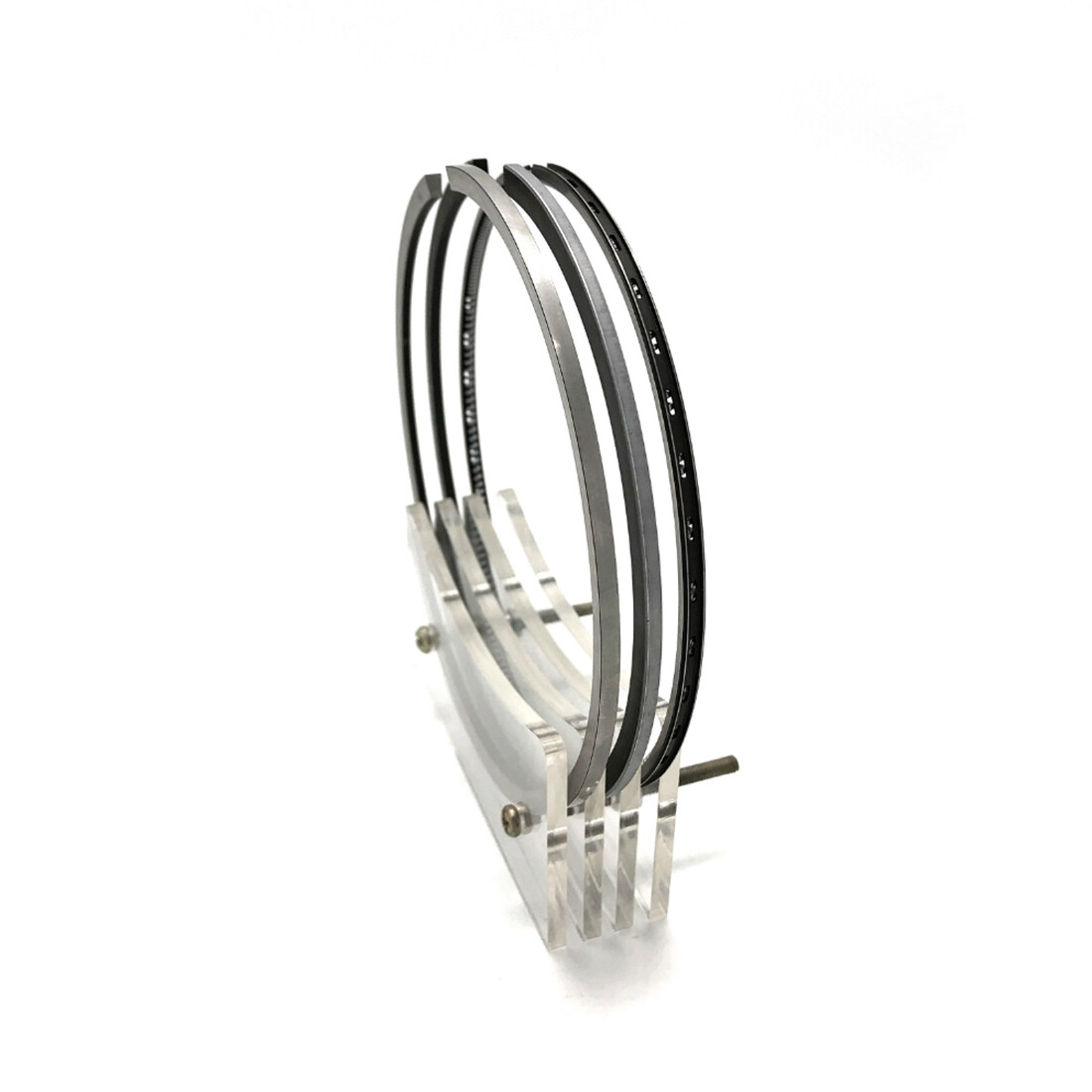
The piston ring clearance of an automobile engine depends on the car model.
After the piston ring is installed into the cylinder barrel, the opening clearance is generally about 0.2mm (the opening clearance varies from engine to engine). Installation.
The inner surface of the cylinder sleeve is subjected to direct action of high temperature and high-pressure gas and always has high-speed sliding friction with the piston ring and piston skirt. The outer surface and cooling water contact, in a large temperature difference, produces serious thermal stress by cooling water corrosion. The side thrust of the piston to the cylinder liner not only intensifies its inner surface friction, and makes it bend. When the side thrust changes direction, the piston also hit the cylinder liner. In addition, it is also subjected to large installation preload.
